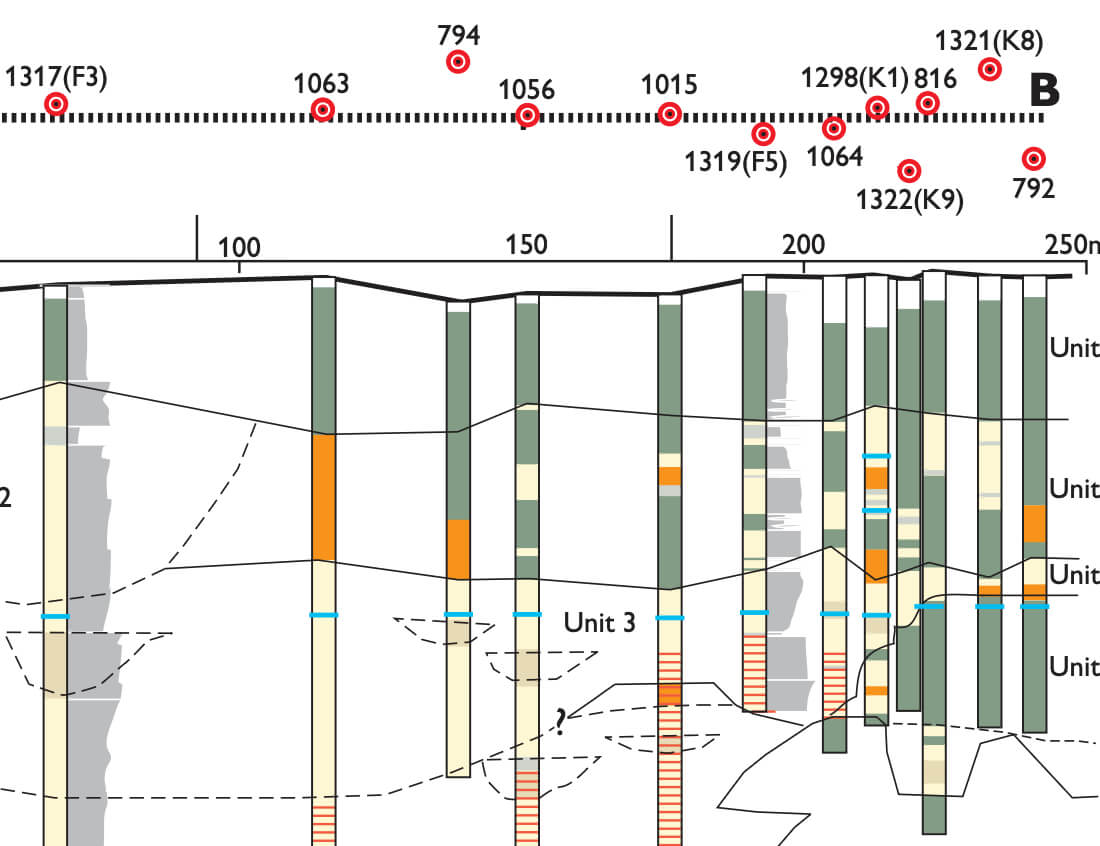
How to Cite
Share
Abstract
The National geological database at the Geological Survey of Denmark and Greenland (GEUS) is based on an extensive well database Jupiter, a geophysical database Gerda (Tulstrup 2003) and a recently established database for various types of geological models. These databases are integrated in a GIS system. The integration of this data enables new possibilities of constructing improved geological models. GIS systems offer a powerful tool for the geologist not only in combining multiple data, but also in visualising the model and hence presenting the final product in a simple and understandable way. 3D geological models will become increasingly important for the execution of improved cost-benefit analysis and risk assessment of contaminated sites, as well as strategic evaluation of groundwater and raw material resources in general. The possibility of storing such models on a public platform will be a major advance for future users of geological databases. The primary goal of this paper is to demonstrate the potential of an integrated GIS system, with an example of how traditional geological information may be combined in new ways in order to improve the correlation of well data in multiple directions. The application is demonstrated for a highly contaminated industrial site in the town of Ringe, Denmark (Fig. 1).
How to Cite
Share
Downloads
Editors: Martin Sønderholm & A.K. Higgins
The Review of Survey activities presents a selection of 15 papers reflecting the wide spectrum of activities of the Geological Survey of Denmark and Greenland, from the microscopic to the plate tectonic level.
Activities in Denmark: The Survey's field of activities in Denmark is illustrated by four papers on [...]










